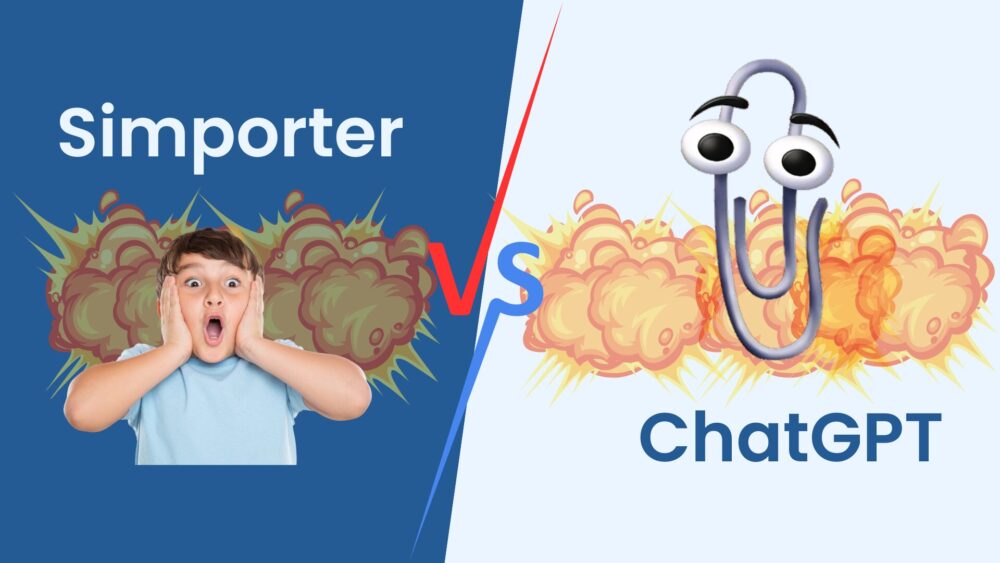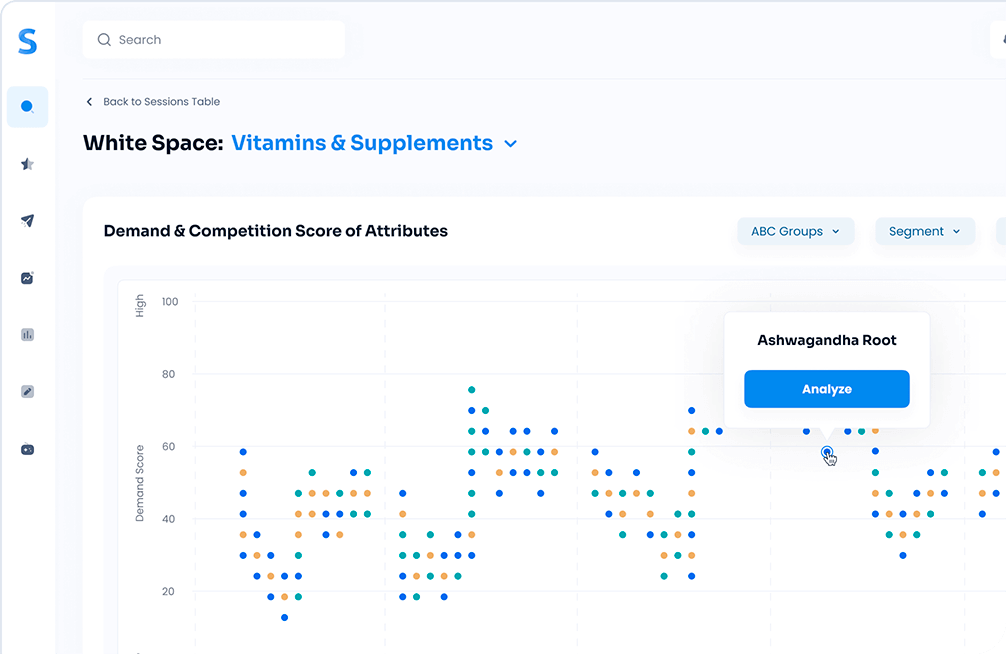Understanding your customers is more important than ever. A key part of this understanding comes from consumer insights. These insights go beyond simple data points, helping you understand why customers make certain decisions. Businesses use these insights to create more effective marketing strategies, boost sales, and improve customer retention. This article will explore what consumer insights are, the different types, how to gather them, and how they can drive real results for your business.
What Are Consumer Insights?
Consumer insights are the interpretations and conclusions drawn from data about customer behavior. They help businesses understand their audience on a deeper level, revealing not only what customers are doing but also why they are doing it. By using consumer insights, businesses can adjust their marketing strategies to better meet customer needs, improve product offerings, and foster customer loyalty.
For example, a company might notice that their customers are frequently abandoning their shopping carts online. With consumer insights, they could discover that the checkout process is too complicated, leading customers to leave before completing their purchase. By simplifying the checkout process, the business can reduce cart abandonment and increase sales.
The difference between consumer insights and market research is that insights focus more on the deeper motivations behind customer behavior, while market research is often about gathering general information on market trends and preferences. Insights allow businesses to personalize their approach, while market research offers a broader view of the market.
Businesses that use consumer insights effectively are often more successful in retaining customers. Studies show that companies using data-driven insights can see improvements in customer retention rates, with some businesses experiencing as much as a 20% increase in customer loyalty. This highlights the power of understanding what drives customer decisions and acting on that knowledge.
Types of Consumer Insights
There are several types of consumer insights, each offering a different perspective on your customer base. Understanding these types can help you gather a full picture of your audience and tailor your marketing strategies accordingly.
Demographic Insights
Demographic insights are the most basic type of consumer insights and focus on customer characteristics like age, location, income, education, and gender. This type of data helps businesses understand who their customers are. For instance, if you’re selling luxury items, knowing your audience’s income level can help you determine the right price point and marketing strategy.
Demographic insights are commonly used in segmentation, where businesses divide their audience into different groups based on shared characteristics. This allows for more targeted marketing campaigns, ensuring that the right message reaches the right people. A clothing brand, for example, might create different ad campaigns for teenagers versus middle-aged professionals based on their demographic insights.
Psychographic Insights
Psychographic insights go deeper than demographics by looking at consumer behavior, lifestyle, attitudes, and values. These insights provide a more detailed understanding of your customers’ preferences, motivations, and desires.
For example, a company that sells fitness equipment might use psychographic insights to discover that a large portion of their customers are highly motivated by health and wellness trends. This understanding allows the business to create marketing campaigns that speak directly to this audience, highlighting how their products support a healthy lifestyle.
Psychographic insights are especially useful for brand positioning, as they allow businesses to align themselves with the values and lifestyles of their target audience. If your customers value sustainability, for instance, promoting eco-friendly products will resonate more strongly with them than focusing solely on product features.
Behavioral Insights
Behavioral insights focus on how customers interact with a brand, including their purchasing habits, brand loyalty, and frequency of engagement. This data reveals what customers are doing, allowing businesses to identify patterns and trends.
For example, an online retailer might notice that customers who make a purchase during a sale event are more likely to become repeat customers. With this information, the business can create more sale events or offer exclusive discounts to encourage repeat purchases.
Behavioral insights can also help businesses identify areas for improvement. If customers are regularly purchasing a product but not leaving reviews, this might indicate an opportunity to improve customer engagement by encouraging feedback or offering incentives for reviews.
By understanding customer behavior, businesses can optimize their marketing strategies to encourage more frequent purchases and foster long-term customer loyalty.
How to Gather Consumer Insights
Collecting consumer insights can be done in a variety of ways, depending on your business model and the data you need. Here are some of the most effective methods:
Customer Surveys
One of the most common ways to gather consumer insights is through customer surveys. Surveys allow businesses to ask direct questions about customer preferences, satisfaction, and experiences. Structured surveys can be used to gather quantitative data, while open-ended questions provide more qualitative insights into customer thoughts and opinions.
For example, a restaurant might survey its customers to find out which dishes are most popular and whether diners would recommend the restaurant to others. This feedback helps the restaurant refine its menu and improve the overall dining experience.
Surveys are easy to distribute and can be customized to fit the needs of any business. They can be conducted through email, social media, or directly on a company’s website, making them a flexible and cost-effective way to gather valuable customer data.
Social Media Listening
Social media has become a treasure trove of consumer insights. Social media listening involves tracking what customers are saying about your brand on platforms like Twitter, Facebook, and Instagram. This can provide real-time insights into customer sentiment, preferences, and trends.
For example, a beauty brand might notice that a particular product is generating a lot of buzz on social media. By monitoring these conversations, the brand can gain insights into why customers love the product and use this information to develop new marketing campaigns or product lines.
Social media listening tools can automate the process of tracking mentions, hashtags, and keywords, making it easier for businesses to stay on top of customer conversations and react quickly to emerging trends.
CRM Systems
Customer Relationship Management (CRM) systems are another valuable tool for gathering consumer insights. CRMs store all customer interaction data in one place, allowing businesses to track customer journeys from first contact to final purchase.
For example, a retail company using a CRM might notice that customers who engage with customer service through live chat are more likely to make a purchase than those who don’t. This insight can help the company improve its customer service strategy and encourage more interactions through live chat.
CRM systems also provide insights into customer behavior, such as which products are most popular, which marketing campaigns are driving the most sales, and which customers are most likely to churn. This data helps businesses make informed decisions about how to allocate resources and optimize their marketing efforts.
Analyzing Sales Data
Another important method for gathering consumer insights is analyzing sales data. Sales data can reveal which products are selling well, when customers are most likely to make purchases, and which marketing efforts are driving conversions.
For example, a company might notice that a specific product sells best during the holiday season, allowing them to adjust their marketing strategies to promote the product more heavily during that time.
By analyzing patterns in sales data, businesses can uncover valuable insights that help them optimize their product offerings, marketing campaigns, and pricing strategies.
Consumer Insights for Long-Term Success
Consumer insights aren’t just useful for immediate marketing gains—they can also provide the foundation for long-term success. By consistently gathering and analyzing customer data, businesses can evolve alongside their audience, adapting to changing preferences, new trends, and emerging market opportunities.
Building Stronger Customer Relationships
One of the key benefits of using consumer insights is the ability to foster deeper relationships with your customers. When you understand their preferences, values, and pain points, you can tailor your messaging and product offerings to meet their needs more effectively.
For example, a business that consistently tracks customer feedback might notice that its customers appreciate personalized experiences. With this knowledge, the business can implement more targeted marketing campaigns, such as offering personalized product recommendations or sending exclusive offers to loyal customers. These efforts make customers feel valued, which in turn encourages brand loyalty.
Moreover, by acting on consumer insights, you show your audience that you are listening to them and willing to evolve based on their input. This can increase customer satisfaction and strengthen the emotional connection between your brand and its customers. Over time, these strong relationships will contribute to higher customer retention rates and positive word-of-mouth, both of which are critical to long-term success.
Adapting to Changing Market Trends
The market is constantly evolving, with new trends and customer preferences emerging all the time. By regularly gathering consumer insights, businesses can stay ahead of these trends and adapt their strategies to align with what customers want.
For instance, many companies are now noticing a growing interest in sustainability and eco-friendly products. By using consumer insights to track this trend, businesses can proactively adjust their product lines, marketing messages, and corporate social responsibility initiatives to appeal to environmentally conscious consumers.
Without insights into customer preferences, businesses risk falling behind competitors who are more in tune with market changes. By contrast, those that consistently monitor and respond to new trends can position themselves as leaders in their industry, attracting new customers while retaining their existing base.
Improving Product Development and Innovation
Consumer insights also play a crucial role in product development. By understanding your customers’ needs, preferences, and frustrations, you can create products that solve real problems and deliver real value.
For example, if a beauty company notices through customer surveys and social media listening that many customers struggle to find makeup products that match their skin tone, the company can use this insight to develop a wider range of shades. This not only improves the customer experience but also fills a gap in the market, setting the company apart from competitors.
Insights from purchase history can also reveal which products are most popular, allowing businesses to focus their resources on improving or expanding those offerings. Additionally, by analyzing customer feedback on existing products, companies can identify areas for improvement, ensuring that their products meet the highest standards of quality and customer satisfaction.
Innovation doesn’t happen in a vacuum—successful product development is driven by a deep understanding of customer needs. By leveraging consumer insights, businesses can create products that are more likely to succeed in the market, driving both revenue growth and brand loyalty.
Making Data-Driven Marketing Decisions
In today’s competitive landscape, businesses can’t afford to rely on guesswork when making marketing decisions. Consumer insights allow companies to base their strategies on real data, ensuring that their efforts are targeted, relevant, and effective.
For example, a business might use consumer insights to determine the best time to launch a new marketing campaign. By analyzing customer behavior, such as when they are most active online or when they are more likely to make a purchase, the business can time its campaigns for maximum impact.
Consumer insights can also help businesses segment their audience more effectively. Instead of using a one-size-fits-all approach, companies can create personalized marketing messages for different customer segments, increasing the likelihood of engagement and conversion.
By focusing on data-driven marketing strategies, businesses can make smarter decisions, optimize their marketing spend, and achieve better results in less time.
Minimizing Business Risks
One of the greatest challenges for any business is managing risk. Consumer insights can help mitigate risks by providing businesses with the information they need to make informed decisions.
For example, if a company is considering launching a new product or entering a new market, consumer insights can provide valuable information on whether there is enough demand to justify the investment. By analyzing customer preferences, competitive landscape, and market trends, businesses can assess the potential risks and rewards of their decisions.
Additionally, consumer insights can help businesses identify potential challenges before they become major problems. For instance, if a company notices that customer satisfaction is declining or that there is a sudden drop in sales for a particular product, these insights can prompt the business to investigate the issue and take corrective action before it escalates.
By minimizing risks through data-driven decision-making, businesses can protect themselves from costly mistakes and ensure that their strategies are more likely to succeed.
Conclusion
Consumer insights are a powerful tool that can help businesses not only boost their marketing efforts but also drive long-term success. By understanding your customers on a deeper level, you can build stronger relationships, adapt to changing market trends, improve product development, and make data-driven decisions that reduce risks and maximize opportunities.
The businesses that succeed in today’s fast-paced market are those that are constantly evolving and staying in tune with their customers. With the right tools and strategies in place, you can start gathering and applying consumer insights to take your business to new heights.
Unlock Easier, Stronger Consumer Insights with Simporter
Ready to get started with consumer insights? Simporter can help you track trends, analyze customer behavior, and make informed decisions that grow your business. Visit Simporter to learn more about how we can help you optimize your marketing strategy with the power of data.
Schedule a free demo of Simporter to see how it can revolutionize your business.









